DIY Lawn Installation: A Step-by-Step Guide
Dreaming of a lush, green lawn but hesitant about the cost of professional installation? Good news! Installing your own lawn is a rewarding DIY project that can save you money and give you a beautiful outdoor space. This guide provides a comprehensive step-by-step approach to installing various types of lawn grass, including Bermuda, Mexican, and Buffalo, perfectly suited for Bangalore's climate.
FM LANDSCAPING
2/18/20253 min read
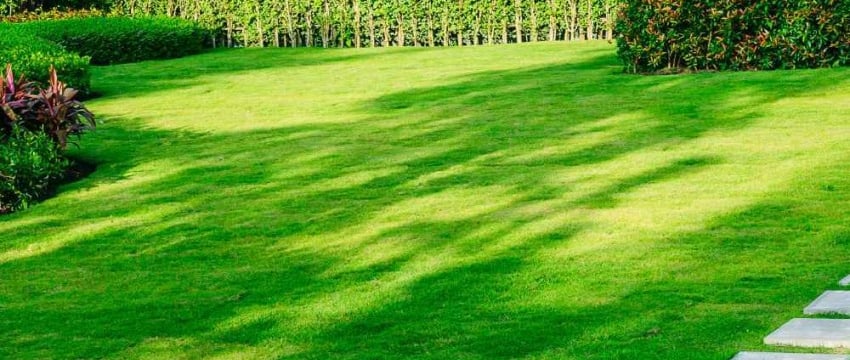

Choosing the Right Grass for Your Needs
Before you grab your tools, it's crucial to select the right grass type for your lifestyle, soil conditions, and sun exposure. Here's a quick overview of the grass varieties we offer:
Bermuda Grass: Known for its exceptional durability and wear resistance, Bermuda grass is ideal for high-traffic areas and sunny locations. It's a popular choice for sports fields and active families.
Mexican Lawn Grass: With its fine texture and vibrant green color, Mexican Lawn Grass creates a beautiful, carpet-like lawn. It's a good option for moderate foot traffic and areas with some shade.
Buffalo Grass: This low-maintenance champion is perfect for water-conscious homeowners. Buffalo grass is highly drought-tolerant and requires minimal watering, making it an eco-friendly choice.
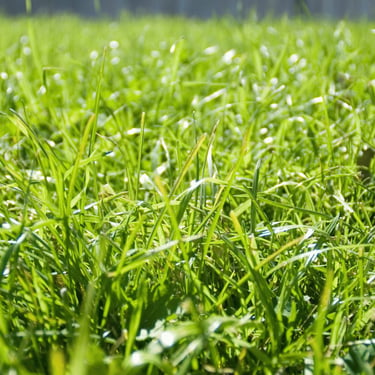
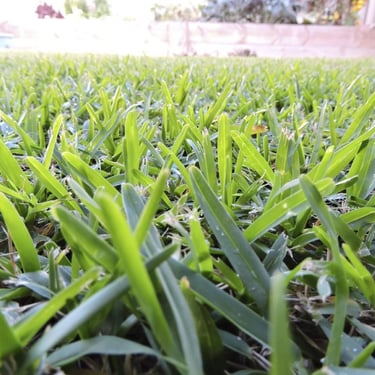
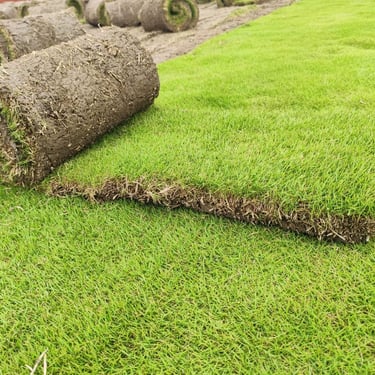
Preparing the Ground – The Foundation for Success
Proper ground preparation is the most critical step for a successful lawn installation. A well-prepared foundation ensures healthy root growth and a thriving lawn.
Clear the Area: Remove all existing vegetation, debris, rocks, and large roots. You can use a shovel, rake, or tiller for this.
Level the Ground: Ensure the ground is level and has proper drainage. Fill in any low spots and grade the area to prevent water from pooling.
Soil Testing (Recommended): A soil test can tell you the pH and nutrient levels of your soil. This information will help you determine what amendments are needed.
Amend the Soil: Based on your soil test results (or general best practice), amend the soil with compost, manure, or other organic matter to improve its fertility and drainage. Till the amendments into the top 4-6 inches of soil.
Rake and Smooth: Rake the soil to create a smooth, even surface. Remove any rocks or debris that come to the surface.
Lightly Compact: Use a lawn roller to lightly compact the soil. This will help create a firm surface for the grass
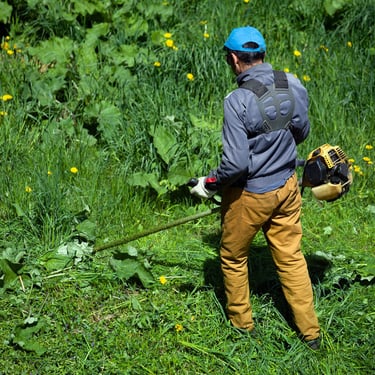
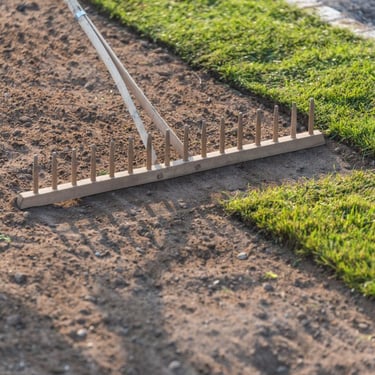
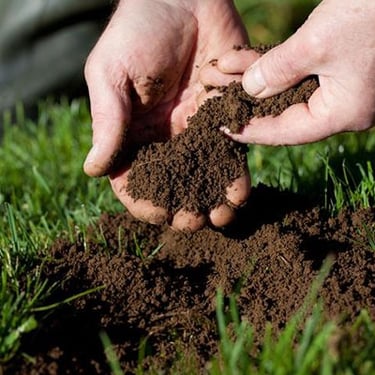

Laying the Grass – Bringing Your Lawn to Life
Now for the exciting part!
Start at the Edge: Begin laying the grass rolls/slabs from one edge of the area, working in a straight line.
Butt the Edges Tightly: Ensure the edges of the rolls/slabs are butted tightly together, leaving no gaps or overlaps. Stagger the joints in each row for a more uniform appearance.
Cut and Shape: Use a sharp knife or utility blade to trim the grass around edges, curves, and obstacles.
Water Thoroughly: Water the newly laid grass immediately and thoroughly. The soil should be moist but not waterlogged.
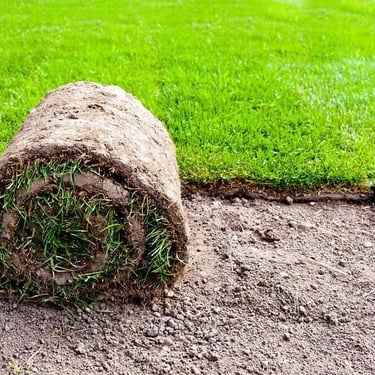
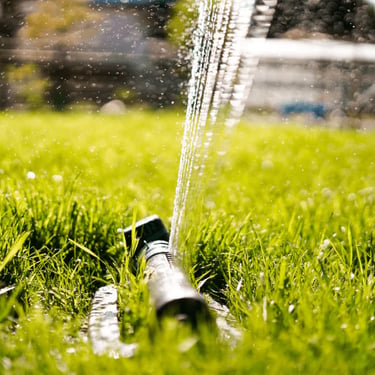
Initial Care and Maintenance – Nurturing Your New Lawn
Proper care during the first few weeks is essential for establishing a healthy root system.
Watering: Water regularly, especially during the first two weeks. Keep the soil consistently moist but not soggy. As the roots establish, you can gradually reduce the frequency of watering.
Mowing: Avoid mowing the lawn until the roots are well-established (usually after 2-3 weeks). When you do mow, use a sharp blade and cut only the top third of the grass blades.
Fertilizing (Optional): Apply a starter fertilizer according to the manufacturer's instructions to encourage root growth.
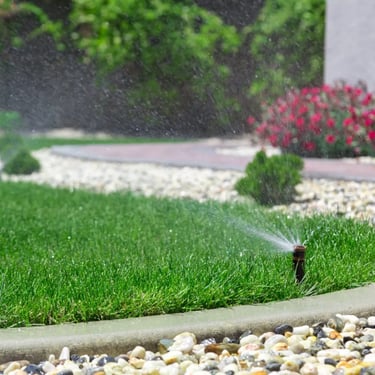
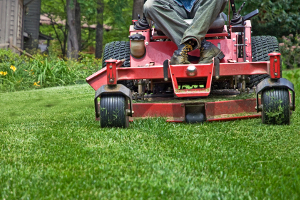
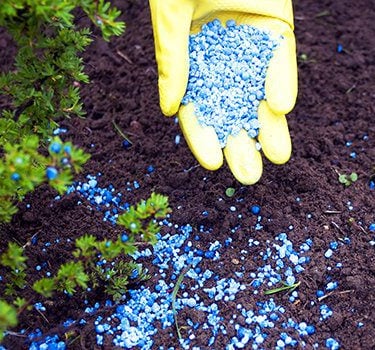
Ongoing Care and Maintenance – Keeping Your Lawn Lush and Green
Once your lawn is established, regular maintenance will keep it looking its best.
Watering: Water deeply and infrequently, allowing the top inch of soil to dry out slightly between waterings.
Mowing: Mow regularly to maintain the desired height for your chosen grass type.
Fertilizing: Fertilize as needed with a balanced lawn fertilizer.
Weed Control: Control weeds by hand-pulling, spot spraying, or using a pre-emergent herbicide.
Pest and Disease Control: Monitor your lawn for signs of pests or diseases and take action as needed.

Conclusion
Installing your own lawn is a rewarding project that can transform your outdoor space. By following these steps and choosing the right grass for your needs, you can create a beautiful and healthy lawn that you'll enjoy for years to come.
Have questions about DIY lawn installation? Contact us today for expert advice!
FM Landscaping
Your trusted partner for expert landscaping services in Bangalore. We create beautiful, sustainable, and functional outdoor spaces.
Quick Links
Contact Us
43, 3rd Cross, Naganathapura, Bengaluru, KA 560100
Phone: +91 99725 29845
Email: sales@fmlandscaping.in
© 2025 FM Landscaping. All Rights Reserved.
